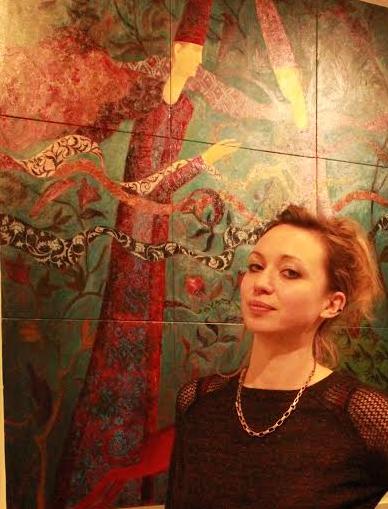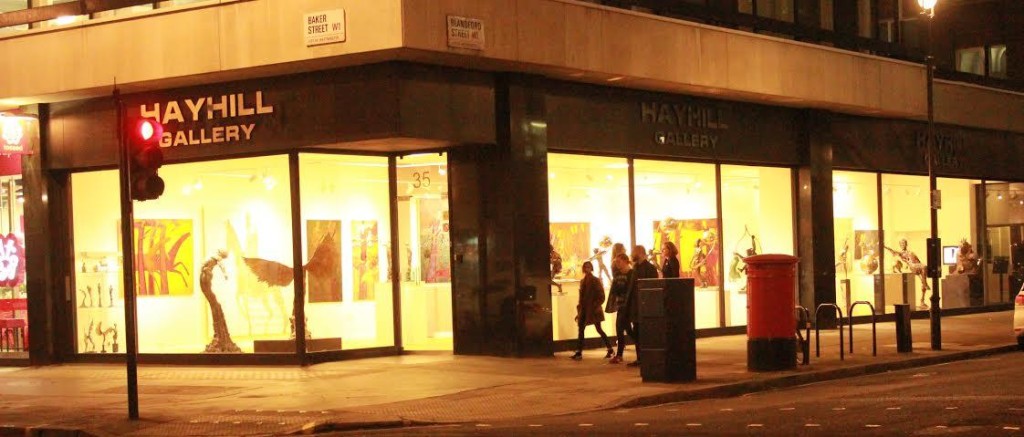 home
about
artists
exhibitions
press
contact
purchase
home
about
artists
exhibitions
press
contact
purchase |
|
|
return Maintaining a distinct profile as a gallery, whilst undergoing a change in premises, comes with its challenges.London, in common with any centuries-old city, changes its nature from borough to borough, street to street. Hay Hill Gallery’s Sarah Jones takes a brisk attitude to change, seeing it as an essential part of the gallerist’s craft. Hanging Offence sets the questions.
Expanding into two gallery spaces on either side of Cork Street, the Hay Hill Gallery vision developed and we became better known for our specialist collection of Rodin sculptures exhibited alongside Contemporary artists. Threats of Cork Street’s impending reconstruction led us to the decision to move on again, and after a year of searching we finally discovered our beautiful new home at 35 Baker Street.
How did your involvement begin? We really wanted a business that had integrity and from experience we did not feel that the Jewellery and Antiques market offered this. The decision to become a gallery was out of our hands, a given.
What is the vision for this gallery?
Which artists typify the vision you have for your gallery? What do you dislike most about art? The value of an artwork arises from perceived value. It’s a skewed perspective because value can’t be created, value without reason. The unpredictability leads to galleries having to hide their price lists – and ends up in extremes such as money laundering.
Working with artists means
How would you define artistic controversy? Do you think that controversy in is a positive force in art or a
conceptual red herring?
What’s been your biggest challenge?
What’s been your biggest success?
Who are your favourite artists and which pieces of theirs do you
admire? Who do you think is the artist to watch at the moment and why? Will Martyr’s work is very popular at the moment. His use of colour is hypnotic, nostalgic and seductive. I find his technique very interesting, often placing objects out of context in sensually brilliant landscapes. I would also consider Jamie McCartney, MacAlpine Miller and Stanislav Plutenko to be artists with great potential.
What does the future hold? |
|
|
|
return
|

 How
did your gallery start?
How
did your gallery start?
